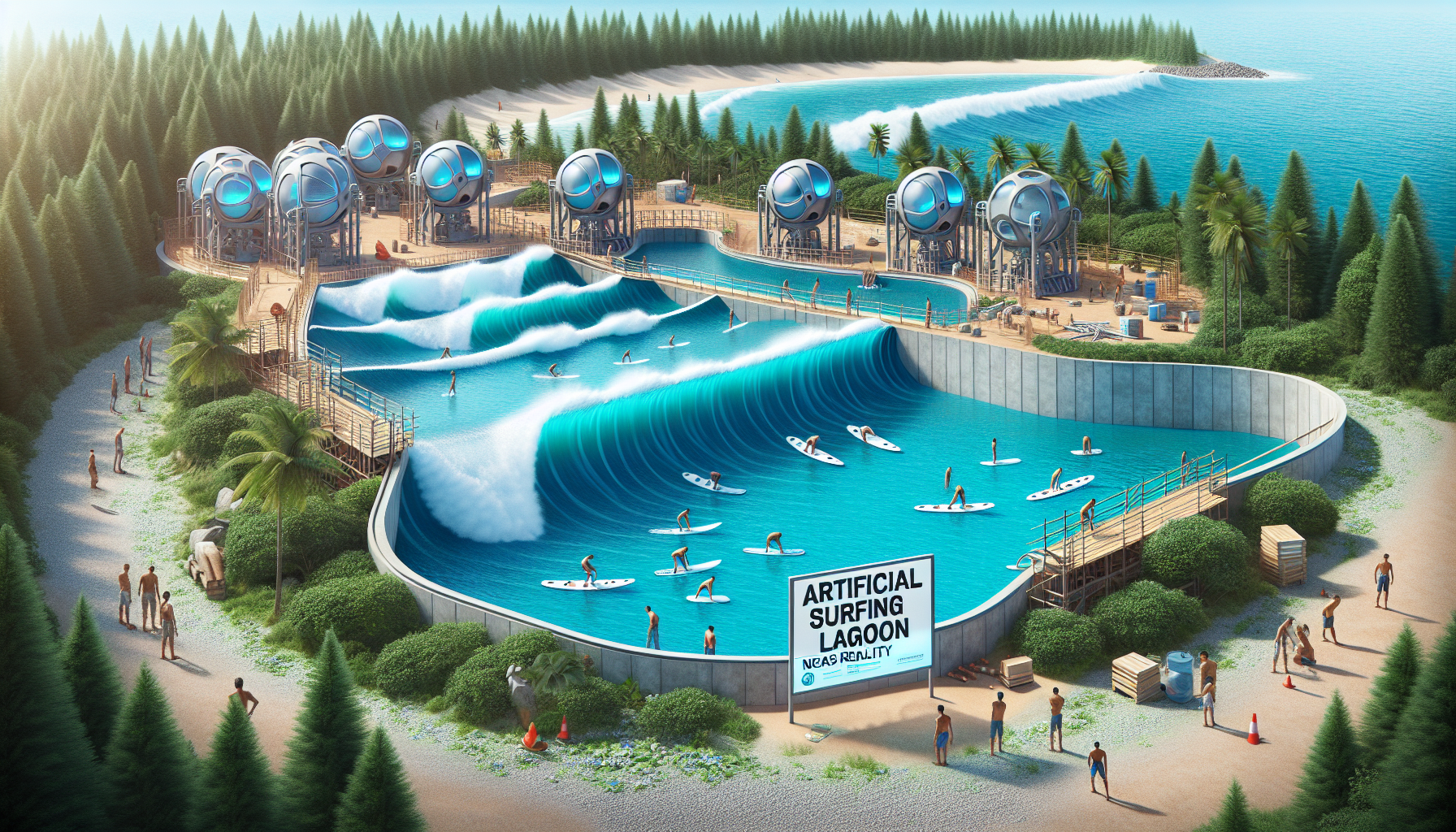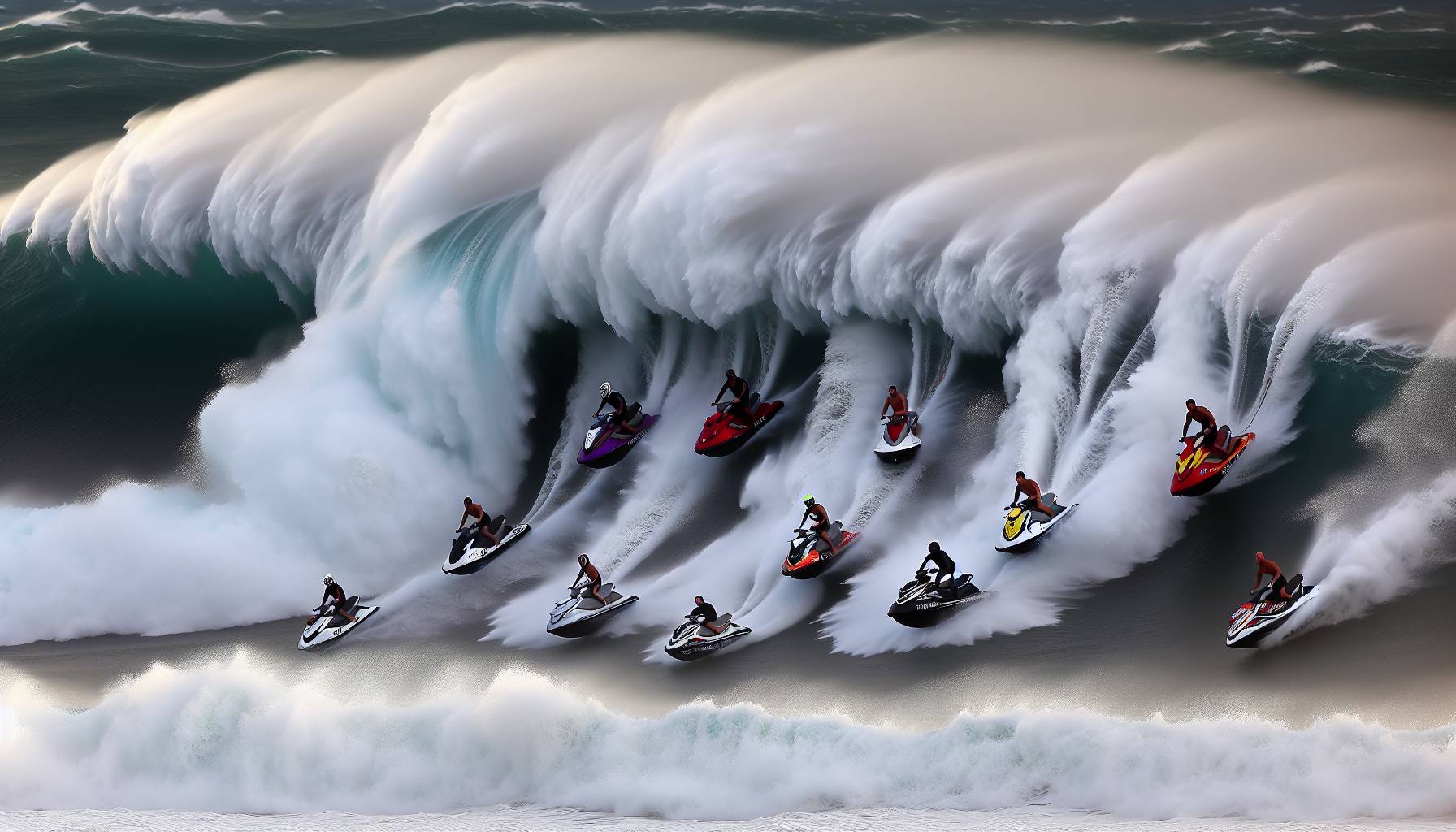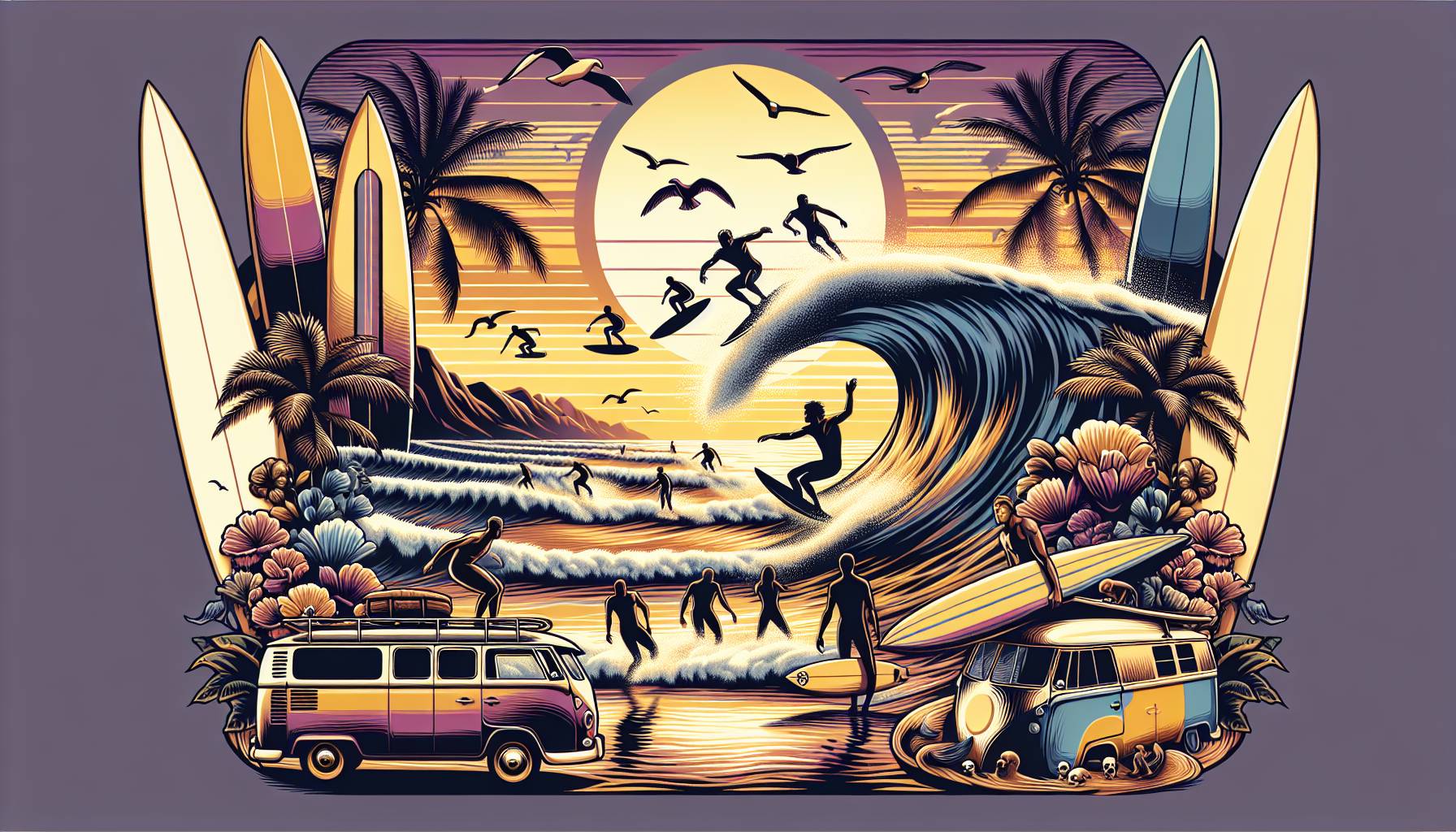
Promoting biodiversity through conservation efforts
Australia’s coastal ecosystems are home to a diverse range of marine and terrestrial species, many of which are under threat due to habitat destruction, pollution, and climate change. Conservation efforts play a crucial role in preserving these ecosystems, ensuring that future generations can continue to enjoy the natural beauty and biodiversity of the country’s shorelines.
One of the key strategies in promoting biodiversity is the restoration of native vegetation along coastal dunes and wetlands. These habitats provide essential shelter and breeding grounds for various species, including shorebirds, reptiles, and small mammals. By planting native flora and removing invasive species, conservation initiatives help maintain the delicate balance of these ecosystems.
Marine conservation is equally important, particularly in areas popular with surfers. Coral reefs, seagrass meadows, and mangrove forests serve as vital nurseries for marine life, supporting fish populations and protecting coastlines from erosion. Efforts to reduce plastic pollution, regulate fishing practices, and establish marine protected areas contribute to the overall health of these environments.
“Healthy oceans mean better waves and thriving marine life. Protecting biodiversity isn’t just about nature—it’s about preserving the surf culture we love.”
Local surf communities and environmental organisations are actively involved in conservation projects, from beach clean-ups to habitat restoration programs. These grassroots efforts not only enhance biodiversity but also foster a deeper connection between surfers and the natural world they depend on.
By supporting conservation initiatives, individuals can play a role in safeguarding Australia’s unique coastal ecosystems. Whether through volunteering, advocating for sustainable policies, or making eco-friendly choices, every action contributes to the broader goal of protecting biodiversity for generations to come.
Encouraging community engagement with nature
Connecting with nature is an essential part of the surfing experience, and fostering a sense of environmental stewardship within local communities can lead to lasting positive change. By encouraging individuals to engage with their surroundings, initiatives aimed at enhancing biodiversity also help build a deeper appreciation for the natural world.
One way to inspire community involvement is through organised events such as beach clean-ups, tree-planting days, and citizen science programs. These activities not only contribute to environmental restoration but also provide opportunities for people to learn about local ecosystems and the challenges they face. Surf clubs and environmental groups often collaborate on such projects, creating a shared sense of responsibility among participants.
Education plays a crucial role in fostering engagement. Workshops, guided nature walks, and school programs help raise awareness about the importance of biodiversity and conservation. By understanding how coastal ecosystems function and the impact of human activities, individuals are more likely to adopt sustainable behaviours in their daily lives.
“When people feel connected to the environment, they’re more inclined to protect it. Surfing isn’t just about catching waves—it’s about respecting and preserving the ocean that gives us so much.”
Surfing communities, in particular, have a unique opportunity to lead by example. Many surfers already have a strong connection to the ocean, making them natural advocates for conservation. By promoting eco-friendly surf practices, such as using sustainable surfboards and reducing plastic waste, they can inspire others to follow suit.
Social media and digital platforms also play a role in community engagement. Sharing stories of conservation success, highlighting local biodiversity, and promoting upcoming events can encourage more people to get involved. By creating an online space for discussion and collaboration, these initiatives can reach a wider audience and strengthen the collective effort to protect Australia’s coastal environments.
Ultimately, fostering a culture of environmental responsibility within the surfing community and beyond ensures that future generations can continue to enjoy the beauty and biodiversity of Australia’s coastlines. Through hands-on participation and education, individuals can develop a lasting connection with nature while contributing to its preservation.
Sustainable practices for long-term impact
Ensuring the long-term health of Australia’s coastal ecosystems requires a commitment to sustainable practices that minimise environmental impact while supporting biodiversity. By adopting eco-friendly habits, both individuals and businesses can contribute to the preservation of the natural landscapes that make surfing such a unique and rewarding experience.
One of the most effective ways to promote sustainability is through responsible waste management. Reducing single-use plastics, properly disposing of rubbish, and participating in recycling programs help prevent pollution from reaching the ocean. Many surf brands and local businesses are also embracing sustainable packaging and materials, reducing their ecological footprint while setting an example for the broader community.
Eco-conscious surf gear is another important aspect of sustainability. Traditional surfboards, wetsuits, and accessories often contain materials that are harmful to the environment. Fortunately, many companies are now producing boards made from recycled or plant-based materials, as well as wetsuits crafted from natural rubber instead of petroleum-based neoprene. Choosing these alternatives supports innovation in sustainable manufacturing while reducing the industry’s reliance on non-renewable resources.
“Sustainability in surfing isn’t just about the gear we use—it’s about how we interact with the ocean and the choices we make every day.”
Energy efficiency and carbon footprint reduction are also key considerations. Carpooling to surf spots, using public transport, or opting for electric vehicles can significantly cut down on emissions. Additionally, supporting surf shops and cafes that use renewable energy or implement water-saving measures helps drive demand for more sustainable business practices.
Protecting marine environments through ethical tourism and responsible recreation is another crucial element. Avoiding overcrowded surf breaks, respecting marine life, and adhering to local conservation guidelines ensure that natural habitats remain undisturbed. Simple actions, such as using reef-safe sunscreen and avoiding stepping on coral, can make a significant difference in preserving fragile ecosystems.
By integrating sustainable practices into everyday life, surfers and coastal communities can help safeguard Australia’s beaches and marine environments for future generations. Small, conscious choices add up to a larger impact, ensuring that the waves, wildlife, and landscapes that define the surfing experience remain vibrant and thriving for years to come.
Promoting biodiversity through conservation efforts
Alright, legends, let’s talk about keeping our backyard wild and thriving. This initiative isn’t just about planting a few trees and calling it a day—it’s about making sure our coastlines, reefs, and bushlands stay as epic as they’ve always been.
From restoring native habitats to protecting marine life, the focus is on giving nature a fair go. That means replanting crucial vegetation, keeping invasive species in check, and making sure our fish stocks don’t disappear faster than your mate when it’s his turn to buy the next round.
One of the biggest wins? Safeguarding the ecosystems that keep our waves pumping and our fishing spots teeming with life. Healthy reefs mean better surf breaks, and thriving estuaries mean more fish to chase. It’s all connected, and looking after one part helps the whole system stay in balance.
“If we take care of nature, it’ll take care of us. Simple as that.”
So whether you’re out there chasing barrels or casting a line at sunrise, every little effort counts. Respect the land, protect the water, and let’s keep this place as wild as it was meant to be.
Encouraging personal connections with nature
Now, let’s talk about getting amongst it. This isn’t just about saving the planet—it’s about making sure you’ve got a reason to get out there and soak it all in. Whether it’s paddling out at first light, trekking through the bush, or casting a line in a quiet estuary, connecting with nature is what it’s all about.
Ever noticed how a solid surf session or a day on the water clears the head better than any fancy mindfulness app? That’s nature working its magic. This initiative is all about encouraging more of that—getting people off the couch and into the wild, where the real adventure happens.
And let’s be real, the more time you spend in nature, the more you want to look after it. When you see a pristine beach, you’re less likely to leave rubbish behind. When you hook a fish, you’re more inclined to respect size and bag limits. It’s about building that connection so we all do our bit without even thinking about it.
“You don’t need a reason to get outside—just a good excuse to stay out longer.”
So grab your board, your rod, or just your sense of adventure, and get out there. The more we immerse ourselves in nature, the more we appreciate it—and that’s how we keep it thriving for the next generation of surfers, fishos, and explorers.

